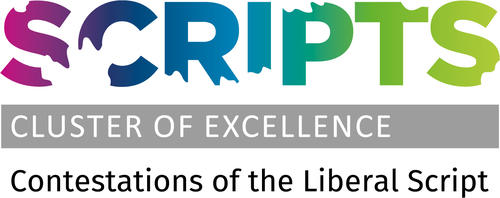The Not-So-Universal Declarations: Types and Effects of Human Rights Rhetoric in the UN General Assembly
Respect for human rights is perhaps the defining feature of liberalism (Moyn 2010). It is widely recognised that over the past few decades, international human rights language has come to dominate world politics (Hafner-Burton and Ron 2007). Some scholars have expressed optimism about the potential for this growth of human rights rhetoric to bring about improvements in human rights performance around the world (Fariss 2014). However, many others have questioned this view, pointing to the use of human rights language by states that commit rights abuses and the willingness of repressive states to ratify international human rights treaties (Hafner-Burton and Tsutsui 2007). These scholars argue that human rights commitments are examples of ‘cheap talk’.
Understanding the different ways in which countries speak about human rights is crucial for gaining a better insight into how countries internalize and adopt human rights norms. The project therefore examines the relationship between human rights rhetoric and reality using new empirical evidence: The project unpacks human rights rhetoric in world politics by identifying the different types of human rights references by member states in the General Debate of the UN General Assembly (UNGA). Second, it identifies trends in these different types of human rights references over a 75-year period. Third, it examines the relationship between different types of human rights reference in the UNGA and countries’ actual human rights performance.
